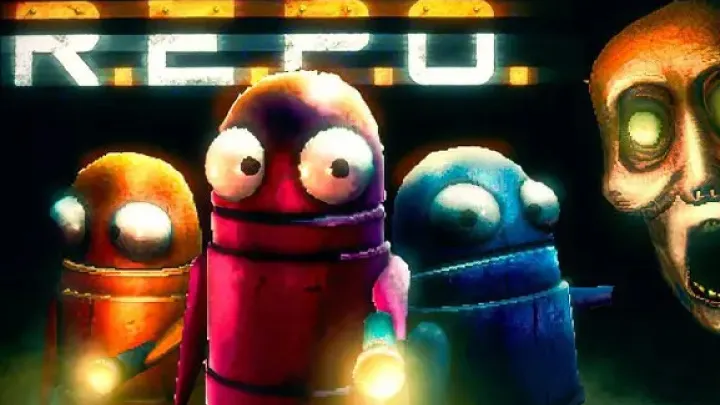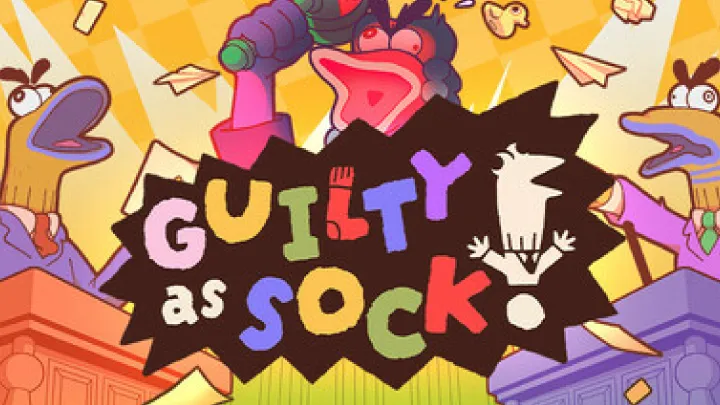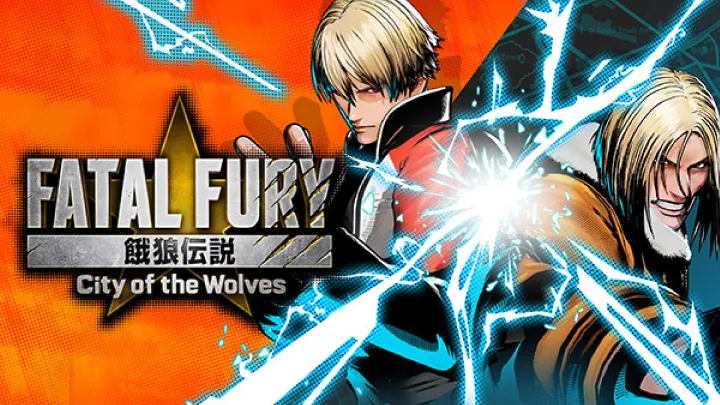Roblox: Grow a Garden is more than a sandbox about plants — it is a microcosm of life, time, and persistence. Behind its cheerful soil and colorful plots lies a deeper system that mirrors nature’s own cycles: preparation, nurturing, decay, and rebirth. What makes this game extraordinary is not just its farming mechanics but how it teaches patience, value, and adaptation through digital growth.
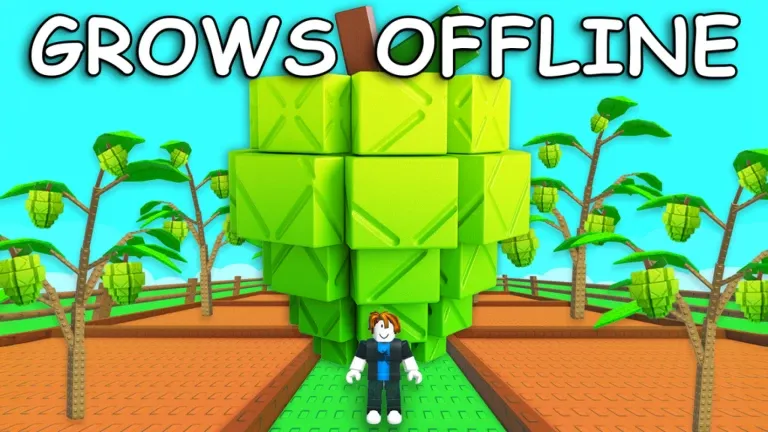
This article explores one specific and profound topic within the game — the passage of time and its influence on growth. Through its evolving seasons, soil states, plant lifecycles, and player decisions, Grow a Garden captures the philosophy of natural rhythm. We’ll move through the experience in ten stages, each representing a different part of the game’s temporal design, from the first planting to the quiet reflection of an empty field.
The Beginning of Soil: Foundations of Life
Every story in Grow a Garden begins with bare land. The soil is not just a gameplay resource; it is the blank canvas of growth, the metaphor for potential. Players must first clear debris, dig their plots, and prepare the ground for seeds — a process that echoes the timeless agricultural truth: before growth comes labor.
The Philosophy of Preparation
The early minutes of the game represent the player’s confrontation with emptiness. It’s a deliberate design choice: by forcing players to prepare soil manually, Grow a Garden introduces the importance of foundational work. Every shovel of dirt, every stone removed, every inch of tilled ground gives a sense of ownership and responsibility.
Meaning Behind the Empty Field
This stage in the game mirrors a creative blank slate. Players feel both excitement and pressure — the potential to grow anything also carries the weight of decision. Grow a Garden treats the soil not as an object, but as a symbol of readiness, making this phase an act of ritual rather than routine.
The First Seed: Symbols of Possibility
The planting of the first seed in Grow a Garden is a small act that carries immense narrative and emotional weight. It marks the transition from preparation to creation, the moment when potential becomes tangible.
The Moment of Planting
When a player drops their first seed, the game slows down, both visually and mechanically. The player watches soil embrace the seed, and the waiting begins. This intentional pacing teaches restraint — growth cannot be rushed.
Emotional Resonance
This stage often surprises new players. The small sprout that appears after time feels more rewarding than the final harvest. It represents the beginning of a relationship between player and plant, where care transforms into attachment. Grow a Garden subtly teaches stewardship through this moment of first emergence.
The Watering Phase: Sustaining Life through Rhythm
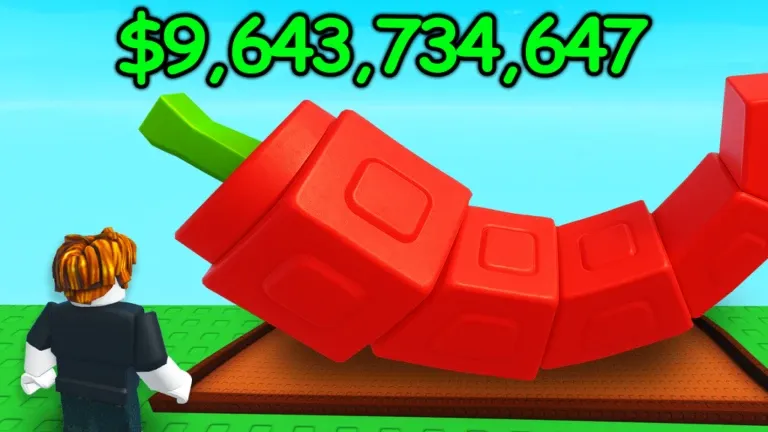
After the first seed sprouts, the cycle of care begins. Watering in Grow a Garden is not a mindless action but a rhythmic ritual.
Design of Repetition
Watering has a predictable timer, forcing players into intervals of attention. This rhythm creates a unique psychological loop — instead of grinding, players are encouraged to observe. Time in Grow a Garden feels slower, grounding players in an almost meditative state.
The Symbol of Flow
Water itself becomes a metaphor for consistency. Too much, and the soil floods. Too little, and growth halts. The balance required reflects the broader philosophy of equilibrium that defines the game’s world: moderation is the true key to life.
The Growth Phase: Watching the Invisible Work
Growth in Grow a Garden is fascinating because most of it happens while you’re not looking. The process is gradual, invisible, and yet it defines the heartbeat of the experience.
Natural Pacing
The game’s internal clock ensures that plants progress through multiple stages: sprout, young plant, mature plant, and bloom. Each stage changes visually, but also affects the ecology of your plot — new insects appear, soil texture changes, and the color palette subtly shifts.
The Art of Waiting
Grow a Garden teaches that growth cannot be forced. The game offers no skip buttons or instant upgrades. Instead, it rewards consistency and attention over time, echoing the slow artistry of real gardening.
The Invasion of Weeds: Conflict and Renewal
Just as in life, growth invites disruption. At this midpoint, weeds and pests begin to appear, testing the player’s ability to adapt and protect their progress.
The Purpose of Weeds
Weeds in Grow a Garden are not simple nuisances. They represent entropy — the universe’s natural tendency toward disorder. Their arrival is inevitable and cyclical, mirroring how every system must confront decay to maintain balance.
Coping with Change
Instead of treating weeds as obstacles, experienced players see them as reminders to stay attentive. The act of pulling them out becomes symbolic: cleansing the garden, and in turn, cleansing one’s own routine of neglect or haste.
The Season Shift: Environmental Change and Adaptation
Seasons in Grow a Garden redefine the landscape entirely. Time becomes visible — not just as a clock but as transformation.
Visual and Mechanical Transitions
Each season alters lighting, music, soil fertility, and crop yield. Winter slows growth, while spring explodes with color and life. These shifts influence player decisions, forcing adaptation rather than automation.
Thematic Resonance
The season mechanic reinforces the central theme: nothing lasts forever, and every phase has purpose. Growth, decay, and renewal are not opposites — they are partners in an eternal cycle.
The Harvest: Culmination of Effort and Reflection
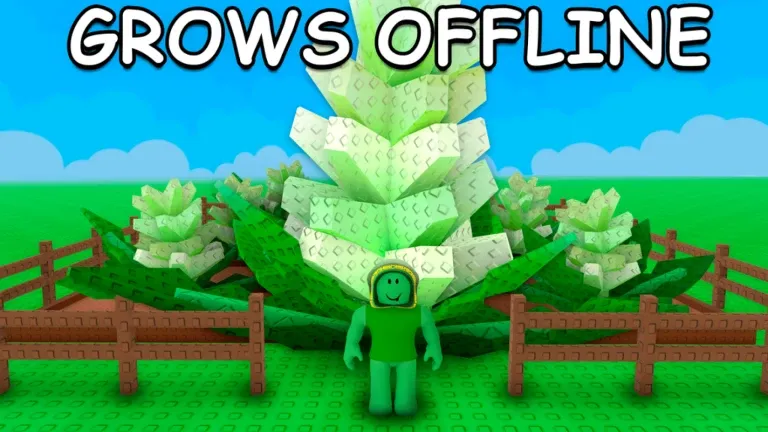
Harvesting in Grow a Garden is both the climax and a bittersweet moment. It is the player’s reward, but also the end of a process that took time and care.
The Psychology of Completion
When players collect their first mature crop, they experience closure. Yet the moment carries melancholy — the plants you’ve nurtured are gone, leaving empty plots behind. This cycle captures the essence of impermanence and renewal.
Economic and Emotional Value
Harvests provide materials and currency, yes, but their deeper function lies in reflection. The yield represents how well you balanced attention, timing, and patience. Every crop tells a story of choices made.
The Market and Exchange: From Personal Growth to Social Economy
Grow a Garden allows players to sell or trade their harvests, introducing social and economic dimensions to growth.
Shared Ecosystem
By connecting gardens through trade, the game mimics the interdependence of real ecosystems. One player’s abundance can supply another’s need. This interconnectedness transforms gardening from solitary art to collective culture.
Reflection of Real-World Sustainability
The market also serves as commentary on consumption. While players can chase profit, they soon realize that over-farming depletes soil quality — sustainability outweighs greed. The game’s system gently enforces ethical play without overt punishment.
The Night Cycle: Rest and Regeneration
After a day’s work, the garden enters night. Here, the player encounters silence and stillness — a pause between action and renewal.
Symbolic Importance
Nighttime isn’t empty downtime; it’s regenerative. Plants absorb moonlight, soil recovers, and the environment breathes. This period reminds players that rest is a part of productivity.
Aesthetic Transformation
The shift in lighting and sound creates an emotional cooldown. Crickets replace birdsong, and bioluminescent fireflies appear, making the world feel sacred and alive. Grow a Garden uses night not as idleness, but as meditation.
The Empty Field Once More: Understanding the Cycle
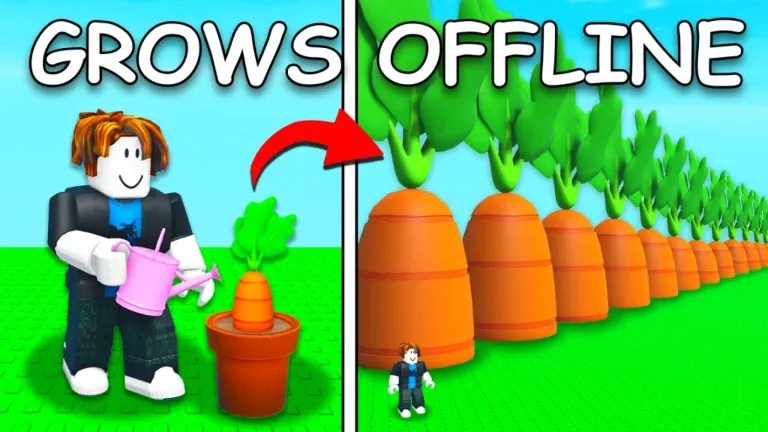
Eventually, every garden returns to emptiness — harvested, cleared, ready again. This is the final truth of Grow a Garden: endings are beginnings.
Closure and Continuation
By the time players face an empty field again, they no longer see it as loss. The soil has memory; each new planting carries the echoes of previous seasons. What once symbolized potential now embodies experience.
The Eternal Return
This circular structure — from emptiness to fullness and back again — captures the game’s quiet philosophy. Grow a Garden is not about accumulation, but understanding cycles, change, and impermanence.
Conclusion
Roblox: Grow a Garden is deceptively simple yet philosophically rich. Beneath its casual design lies an emotional meditation on time, labor, and renewal. Every mechanic — from planting to harvesting — reinforces the idea that progress is not linear but cyclical. Players learn that growth means patience, that care requires rhythm, and that beauty always carries the shadow of impermanence.
In Grow a Garden, time is not your enemy but your teacher. It reminds you that even in digital soil, every beginning carries the memory of an ending, and every ending invites new beginnings.














